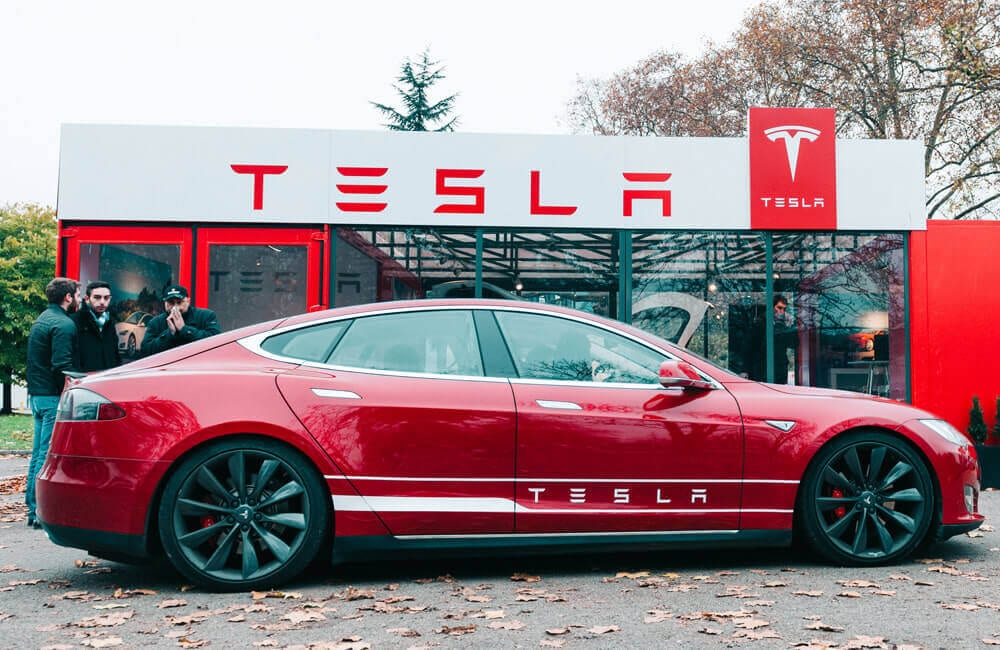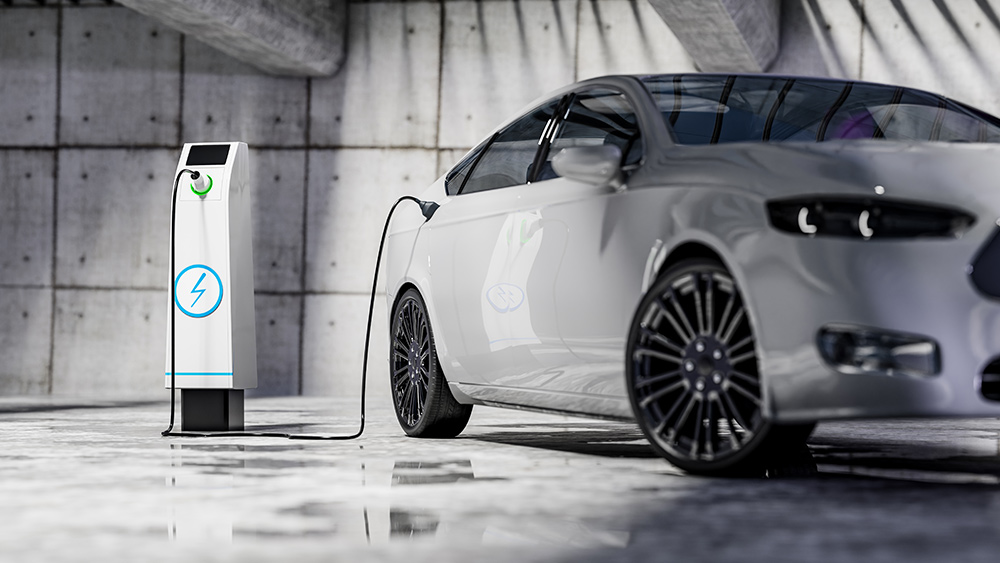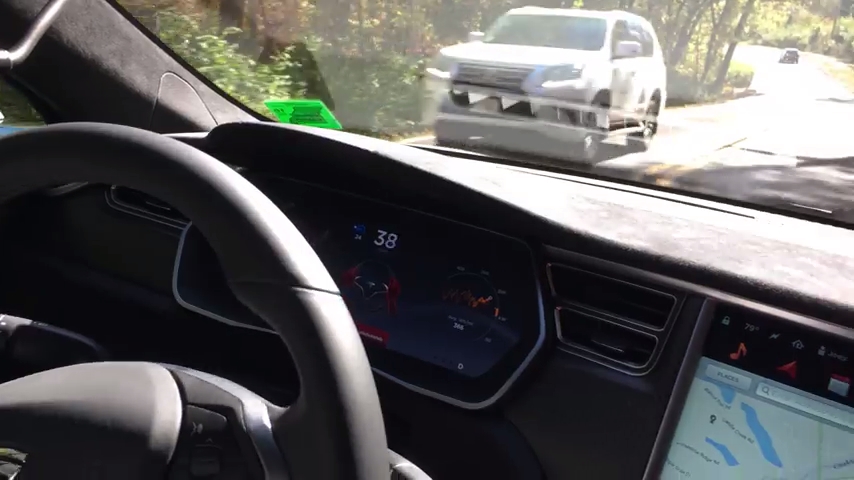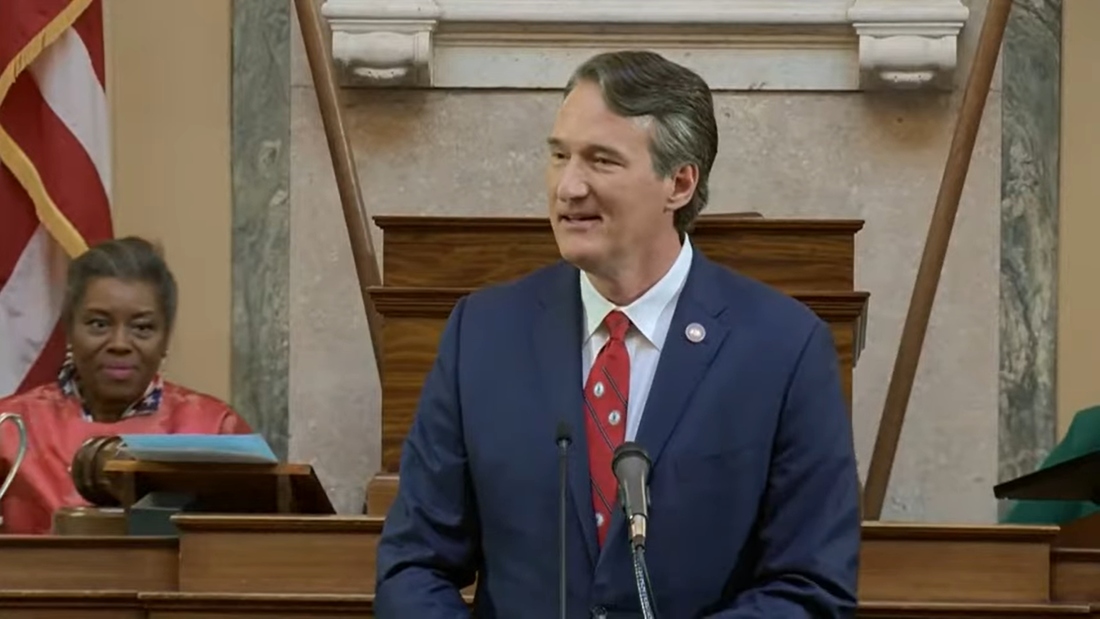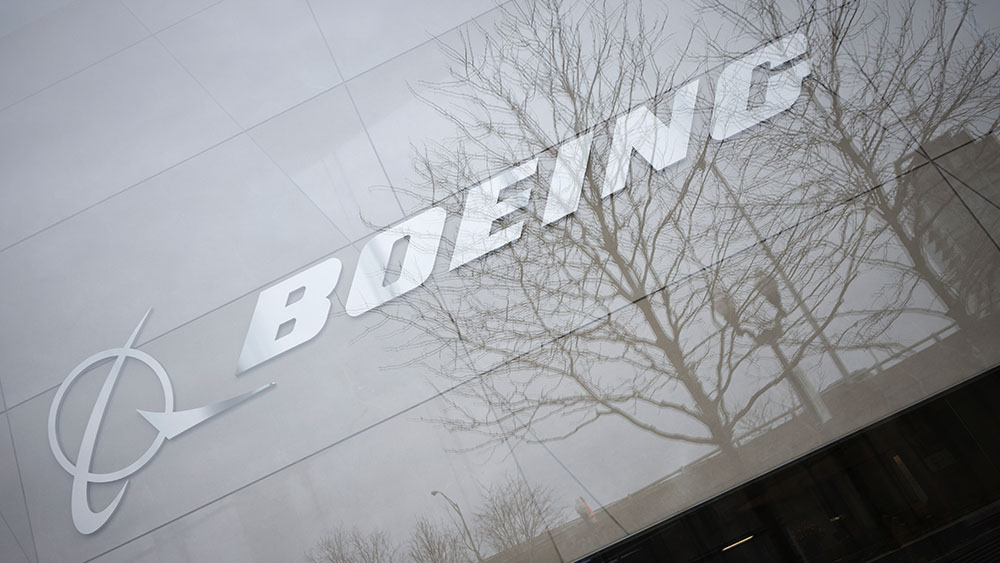Researchers create world’s first anode-free sodium solid-state battery that can replace lithium batteries in EVs
07/09/2024 / By Belle Carter

University of California, San Diego (UCSD) graduate researcher Grayson Deysher and his team have created an affordable and eco-friendly power source: an anode-free solid-state battery to enable fast charging and high energy density. This advancement helps solidify the role of sodium in future battery technologies, paving the way for really sustainable energy solutions.
The group of the Laboratory for Energy Storage and Conversion (LESC) made the groundbreaking discovery, which could be the answer to inexpensive, fast-charging, high-capacity batteries for electric vehicles and grid storage.
Deysher and his team’s findings were published in the monthly peer-reviewed scientific journal Nature Energy. The design of the new battery architecture allows for stable cycling for several hundred cycles. The solid-state design ensures the battery is both safe and powerful.
“Although there have been previous sodium, solid-state and anode-free batteries, no one has been able to successfully combine these three ideas until now,” Deysher said.
Since the anode is removed and sodium is used instead of lithium, the new battery is more affordable and environmentally friendly to produce. The study indicated that anode-free batteries store ions on the electrochemical deposition of alkali metal directly on the current collector, which enables higher cell voltage, lower cost and increased energy density. In traditional batteries, an anode stores ions during charging. While the battery is in use, ions flow from the anode through an electrolyte to a cathode.
“In any anode-free battery, there needs to be good contact between the electrolyte and the current collector,” Deysher further explained.
As liquid electrolytes create a buildup of solid electrolyte interphase that steadily consumes active materials, reducing battery effectiveness over time, the team designed a current collector from aluminum powder. This powder flows like a liquid to surround the electrolyte. During assembly, the powder was densified under high pressure. This formed a solid current collector while maintaining liquid-like contact with the electrolyte. As a result, the battery achieves low-cost and high-efficiency cycling.
“Sodium solid-state batteries are usually seen as a far-off-in-the-future technology,” added Deysher. “But we hope this paper can invigorate more push into the sodium area by demonstrating that it can indeed work well, even better than the lithium version in some cases.” (Related: GREEN FAIL: EV owners struggle with depleted batteries and long charging station lines amid freezing temperature in Chicago.)
Deysher and scientist Y. Shirley Meng, principal investigator at LESC and professor at the Pritzker School of Molecular Engineering, have already filed a patent application through UCSD’s Office of Innovation and Commercialization.
English coroner warns about dangers of lithium-ion batteries in e-bikes, e-scooters
A coroner in Bristol, the largest city in south-west England, has called on the government to prevent future deaths related to e-bike and e-scooter fires. He thinks there is a “lack of understanding” about the potential dangers of lithium-ion batteries used in EVs.
On September 2022, Abdul Oryakhel died after falling from the window of his flat on the 16th floor when he tried to escape from a fire caused by the overheating and ignition of a lithium-ion battery pack from an e-bike. His death has been ruled as an accident. Meanwhile, another one was injured with burns whilst also escaping. Two people escaped by crawling out a kitchen window and being rescued by emergency services.
Coroner Maria Voisin said there is, “a risk that future deaths will occur unless action is taken” and that she understands that “there is currently no British or European standard to control what lithium-ion e-bike batteries and chargers can be sold in the United Kingdom.” She also said that she is aware that other coroners have written similar reports but this only goes to emphasize that preventable deaths continue.
Another coroner named Adam Smith called for tighter regulations on e-bike batteries and charging devices after a father of two lost his life in a fire last year. This was about the incident where Mizanur Rahman, 41, died in a flat fire in March 2023, which the London Fire Brigade said was caused by a faulty lithium e-bike battery on charge.
The coroner recommended that the Office for Product Safety and Standards (OPSS) instigate a “British or European standard to control what lithium-ion e-bike batteries and chargers can be sold in the United Kingdom.”
Last September, the OPSS already published information for consumers on e-bike and e-scooter safety. This included unplugging batteries when charging has finished as well as advice on using manufacturer-recommended batteries and chargers and recommendations to buy from known sellers and check product reviews.
It also issued an “Important Safety Message” in December, which aimed at those looking at buying an e-bike or e-scooter. It recommended only buying from a known seller, always following the manufacturer’s instructions, only using the manufacturer’s recommended battery or charger, always charging in a safe place and never attempting to modify or tamper with a battery.
Check out RoboCars.news to read more news related to electric vehicles.
Watch the video below that talks about the survey that revealed EV owners’ remorse.
This video is from the NewsClips channel on Brighteon.com.
More related stories:
Subsidized Quebec EV battery plant triggers concerns of potential environmental impacts.
Concerns mount over EXPLODING EVs in the Land Down Under.
Ford resumes Michigan EV battery plant but reduces production capacity by 40%, drops about 800 jobs.
Sources include:
Submit a correction >>
Tagged Under:
big government, breakthrough, dangerous, discoveries, electric cars, electric vehicles, electricity, energy supply, EVs, fuel supply, future science, future tech, green living, Green New Deal, innovations, inventions, lithium, lithium batteries, national security, physics, power, renewable energy, research, sodium battery
This article may contain statements that reflect the opinion of the author
RECENT NEWS & ARTICLES
FlyingCars.News is a fact-based public education website published by Flying Cars News Features, LLC.
All content copyright © 2018 by Flying Cars News Features, LLC.
Contact Us with Tips or Corrections
All trademarks, registered trademarks and servicemarks mentioned on this site are the property of their respective owners.





